Bones Stored in Box for Decades Turn Out to be Neanderthal Remains
A new study has revealed that a collection of bones stored in a box for decades belongs to Neanderthals who lived over 50,000 years ago.
On Thursday, researchers announced the identification of 54 Neanderthal remains, representing at least three individuals.
Significant Neanderthal Remains Unveiled
The bones were presented to the public in Catalonia, northeastern Spain, and are featured in a study published the same day in Frontiers in Earth Science.
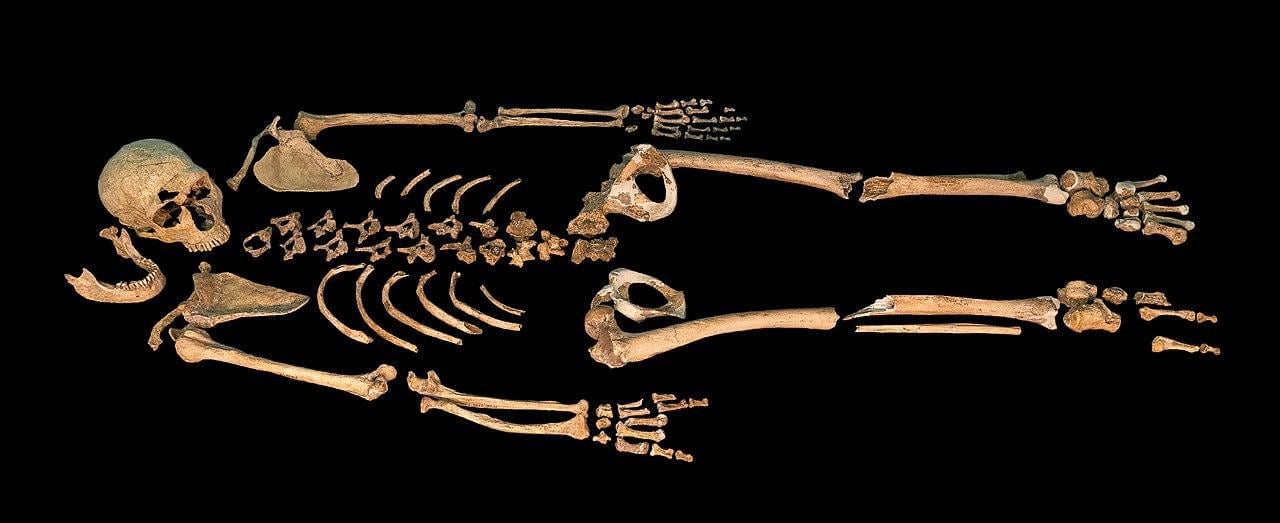
Source: Wikimedia
These remains were discovered at the Cova Simanya cave site in the Sant Llorenç del Munt i de l’Obac Natural Park, near Barcelona. Researchers claim this collection is the most significant group of Neanderthal remains found in the region and among the most important in the Iberian Peninsula.
Remains of Three Neanderthals
The study identifies the remains as belonging to three Neanderthals: an adult, likely a woman, a juvenile around 11-12 years old, and a child approximately 7-8 years old.
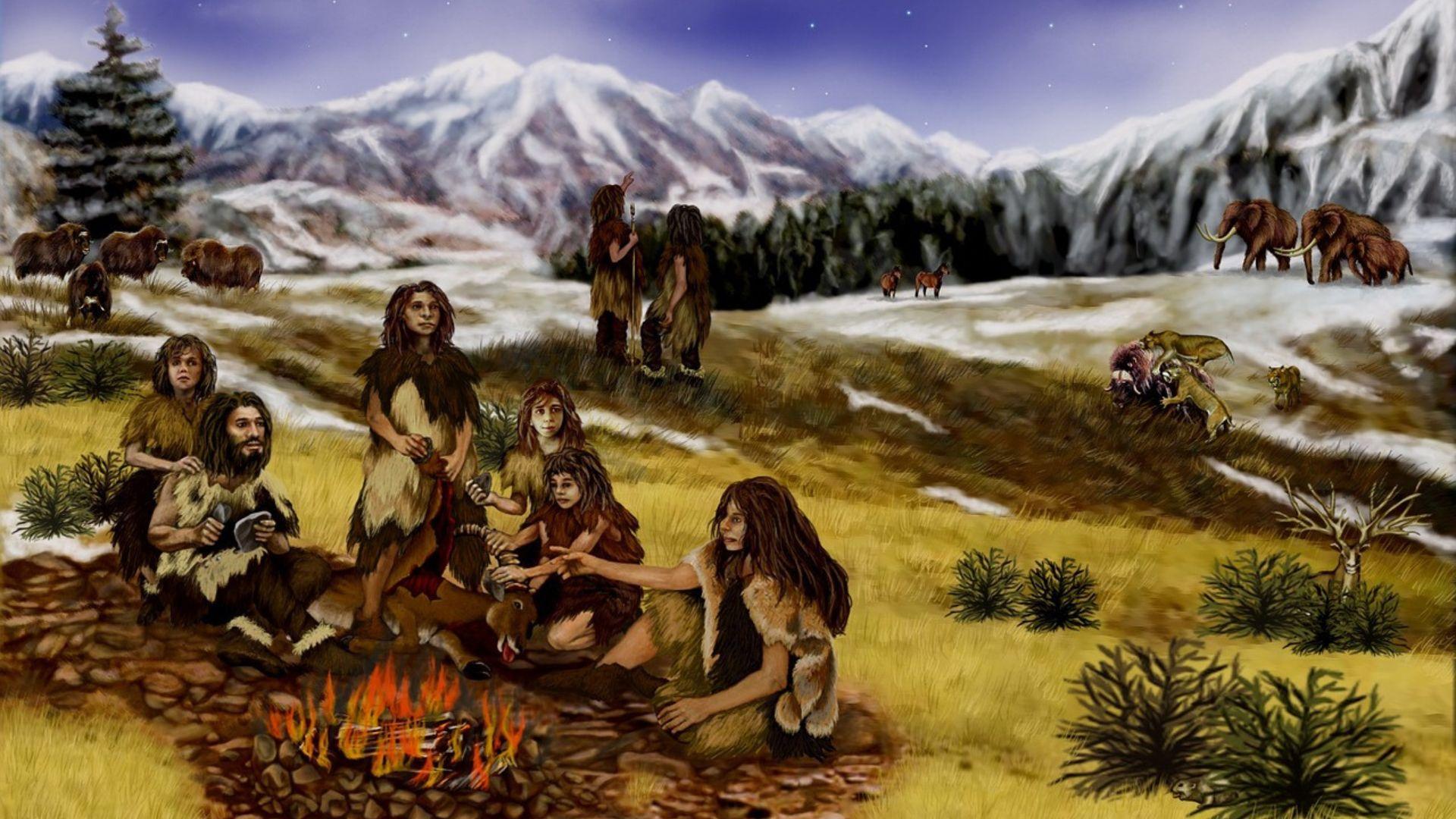
Source: 12019/Pixabay
Neanderthals (Homo neanderthalensis), one of our closest extinct relatives, inhabited Eurasia until their disappearance around 40,000 years ago.
Collection Features Diverse Neanderthal Anatomy
The collection includes various anatomical parts such as teeth, jaw bones, vertebrae, and limb bones.

Source: Wikimedia
“The adult individual is particularly noteworthy, as remains from both arms have been identified, including a complete humerus and an almost complete hand, as well as feet, various vertebrae, and ribs,” said Antonio Rosas, director of the paleoanthropology group at the National Museum of Natural Sciences in Madrid, Spain.
Neanderthal Presence Estimated at Over 50,000 Years
Initial dating suggests Neanderthal presence at Cova Simanya dates back at least 50,000 years, according to Juan Ignacio Morales, co-director of the excavations and researcher at the Catalan Institute of Human Paleoecology and Social Evolution (IPHES).
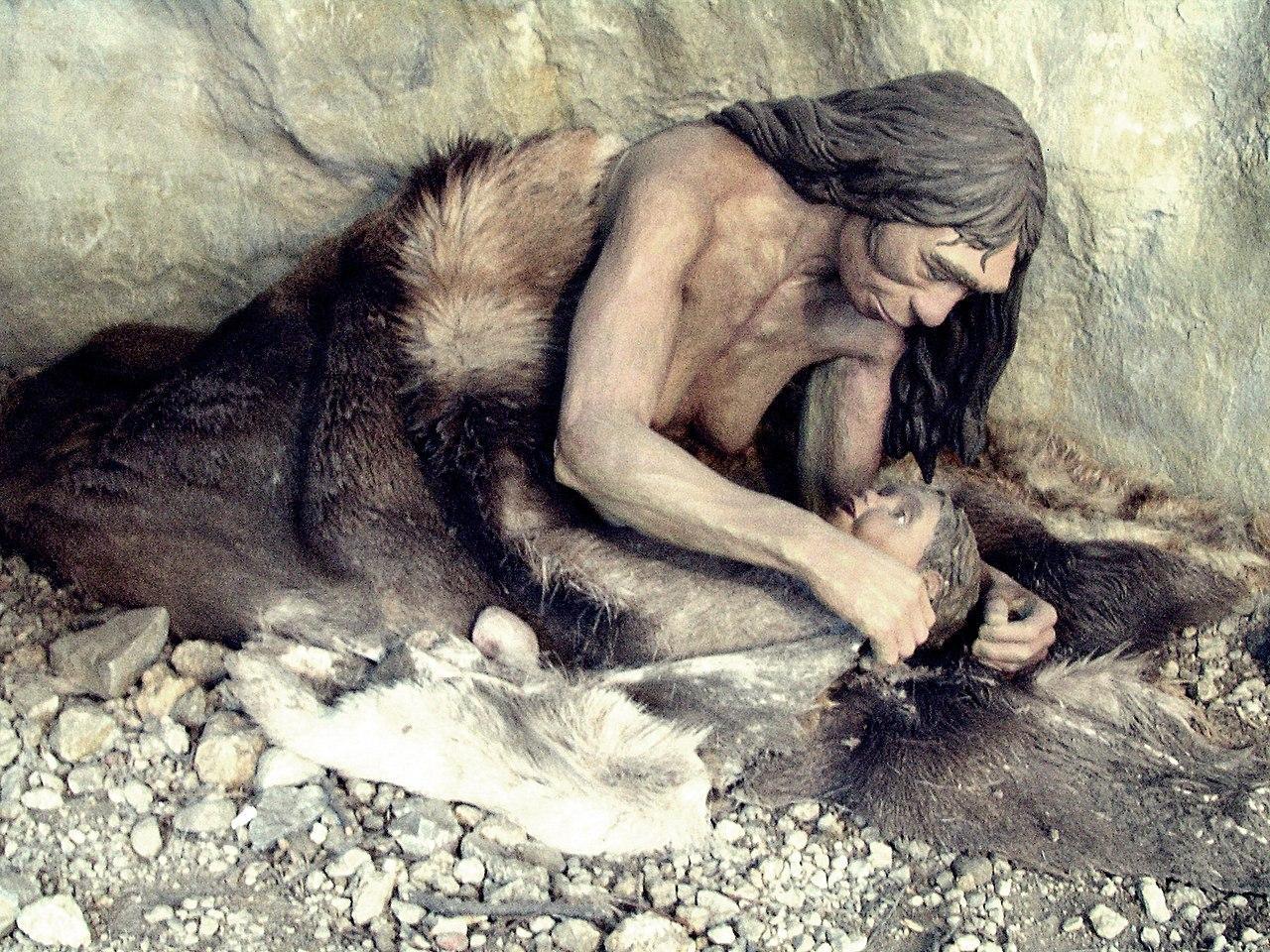
Source: Wikimedia
Alternative dating techniques are being used to refine this estimate.
Serendipitous Discovery
The discovery is somewhat serendipitous. Most of the remains were initially uncovered outside the cave entrance during a clandestine dig by amateur Miguel Aznar in the late 1970s.
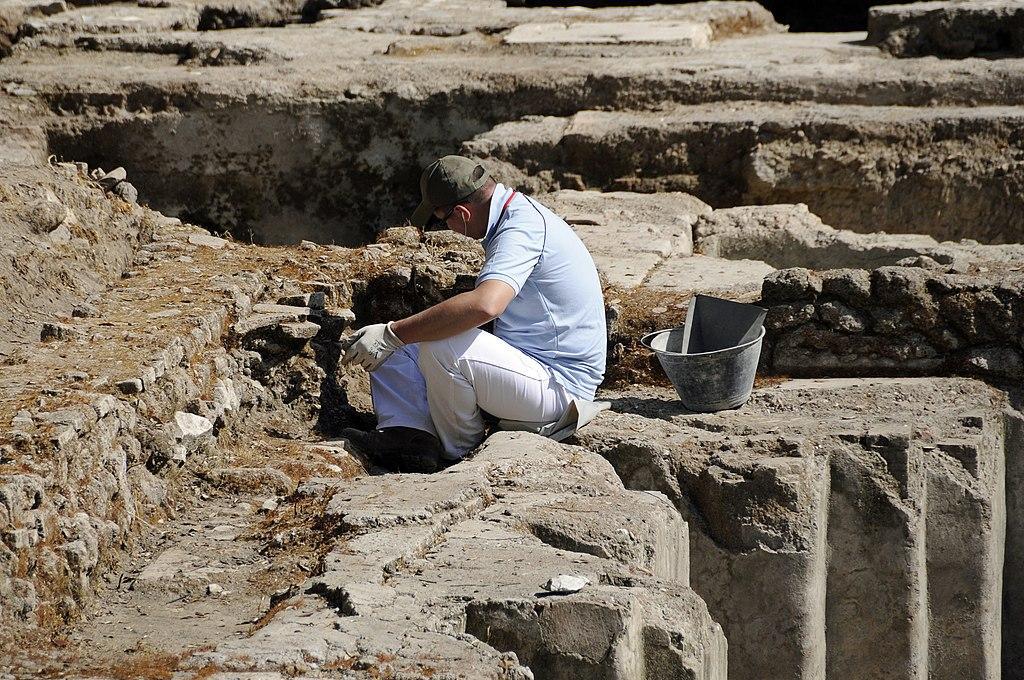
Source: Wikimedia
Aznar, who also found animal remains and pottery fragments, kept the finds at home until 1986, when he donated them to the Archaeology Museum of Catalonia. The remains were stored in a box in a warehouse for decades until researchers opened it in 2020.
Discovery Surprises Researchers
At the time, the significance of the finds was unknown, and it was not realized that they included Neanderthal remains.
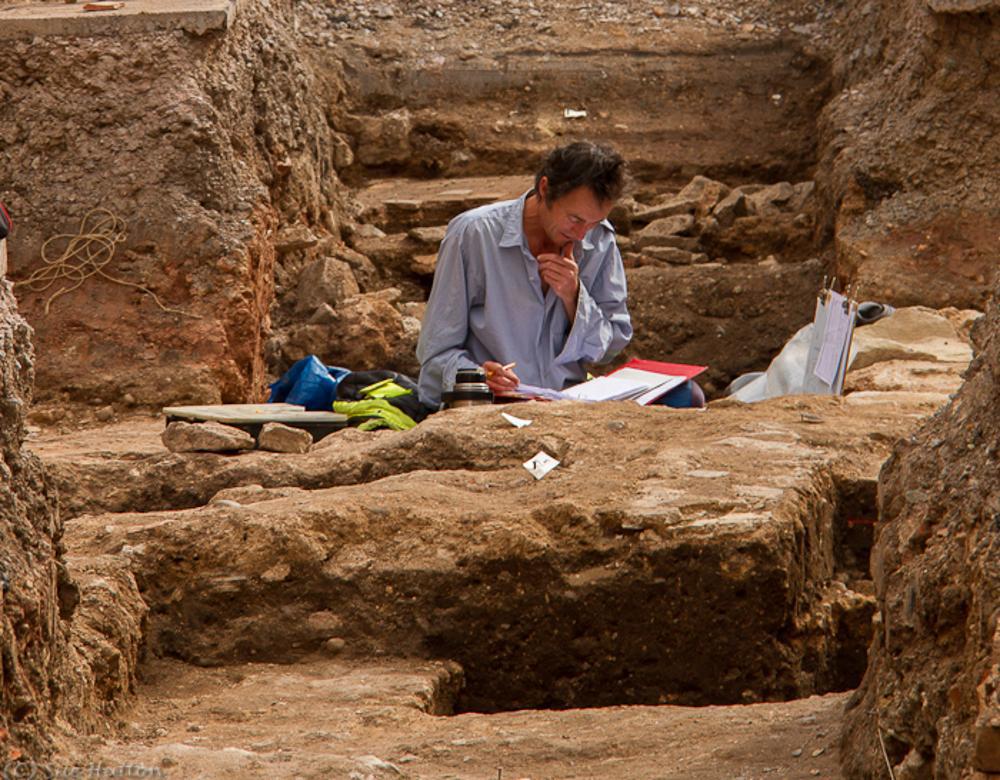
Source: Wikimedia
“We weren’t looking for Neanderthal remains; the box also contained ceramics, tools, and bones. We assumed everything would be more recent. We couldn’t suspect that there were remains from over 50,000 years ago,” said Josep Maria Fullola, director of prehistoric studies and research at the University of Barcelona.
New Research Linking to Cova Simanya
Analysis revealed the bones had clear anatomical features of Neanderthals, leading to a new research project at Cova Simanya to understand the context of the finds.

Source: Wikimedia
This research, starting in 2020, uncovered an additional wisdom tooth from the juvenile, linking the box’s collection with the cave site.
Wisdom Tooth Discovery
Aside from this tooth, all 53 Neanderthal remains documented in the study were discovered by Aznar in the 1970s.

Source: Wikimedia
“Anatomically [the wisdom tooth] is not the most important piece, but it allowed us to connect it with two more of his teeth also kept in the box,” said Juan Ignacio Morales, a researcher at IPHES and the University of Barcelona.
Neanderthal Camp Artifacts
Further research at the site has revealed stone tools, animal remains, and evidence of fire use, suggesting the cave was used by Neanderthals as a sporadic camp during the middle Paleolithic period, which ended around 10,000 B.C.

Source: Wikimedia
Additionally, the cave served as a hibernation refuge for brown bears and extinct cave bears until at least 42,000 years ago.
Findings Expected to Enhance Understanding of Iberian Evolution
It remains unclear if the three Neanderthal individuals were related, as DNA extraction from the bones has not yet been possible.

Source: Wikimedia
However, the findings are expected to enhance understanding of Neanderthal origins and evolution in the Iberian Peninsula.
Cova Simanya's Role in Understanding Neanderthal Evolution
“The fossils from Cova Simanya will help clarify the role that the Iberian Peninsula has played in the complex evolutionary history of Neanderthals,” Rosas said.

Source: Wikimedia
“We are beginning to understand that there are different lineages of this extinct species, but as of now, we still do not know the reasons for how and where they originated. Iberia and Cova Simanya have much to say in this regard.”
